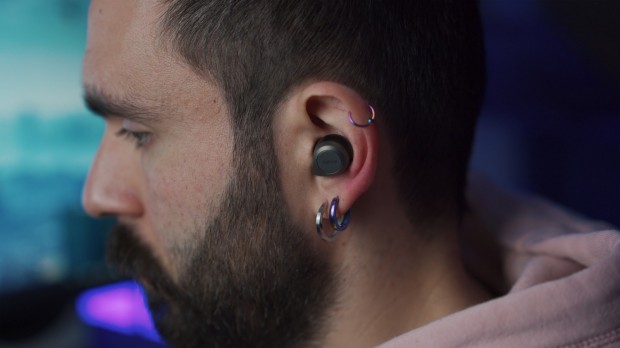Types of Hearing Aids and How They Work
If you have difficulty hearing, you may benefit from a hearing aid. There are many types of hearing aids, each with its own features and benefits. This article will discuss the different kinds of hearing aids and how they work.
How Hearing Aids Work
The most common type of hearing aid is an electronic device that amplifies sound waves so that they are louder for the person with hearing loss. They come in a variety of shapes and sizes and can be custom-made to fit each individual's ear canal. Most hearing aids have components such as a microphone, amplifier circuitry, and a receiver that delivers sound to the ear canal. Hearing aids operate on small rechargeable batteries and unique features that improve sound delivery or comfort. Choosing the right hearing aid depends on your needs, age, and experience with the device.
In-the-Canal (ITC) Hearing Aids
In-the-canal (ITC) hearing aids are small and fit snugly in the ear canal. They are the most discreet type of hearing aid and are popular with people who want a low-profile device. ITC hearing aids come in behind-the-ear (BTE) and receiver-in-the-ear (RITE) style models.
The sound from ITC hearing aids is amplified by a tiny speaker placed inside the ear canal. This speaker is very close to the eardrum, which helps to improve sound quality. ITC hearing aids are available with or without a telecoil, a unique feature that allows people to wirelessly connect to telephones and other audio devices.
Alongside ITC hearing aids, there are also completely-in-the-canal (CIC) hearing aids available. These aids fit entirely into the ear canal. This one is ideal if you want your aid to be even more discreet than an ITC aid. These hearing aids are also great at dampening wind noise.
Behind-the-ear (BTE) Hearing Aids
(Photo : Mark Paton on Unsplash)
BTE hearing aids offer a thin and discreet tube that connects to the ear canal. The tube hooks around the top of your ear while the device sits behind your ear. This hearing aid is best for children because they're easily replaced and can be molded for growing ears. They're also easy to clean and learn how to use. These are typically larger and less discrete than other options, but the receivers tend to amplify better.
In-the-ear (ITE) Hearing Aids
For ITE hearing aids, the device sits in a shell that takes up the entirety of the outer part of the ear. You can choose an ITE that fills the shape of your outer ear or one that fills the lower part of your ear. ITE hearing aids can also come with two microphones, which helps differentiate sound more clearly. They're larger than ITC hearing aids, but they're easier to handle and care for because of their size. This hearing aid is ideal for adults who are getting accustomed to using hearing aids.
Cochlear Implants
A cochlear implant is a surgically implanted electronic device that provides a person who has sensorineural hearing loss. The implant consists of an external processor and an internal implant. The external processor converts sound into electrical signals sent to the internal implant, which then sends the signals directly to the auditory nerve.
The implantation procedure for a cochlear implant is a minor surgical procedure performed in a hospital. The implant is placed under the skin behind the ear. The external processor is worn on the head, either on a band around the head or headphones.
Most people require some time to get used to the sound of a cochlear implant. The sound may be different than what the person is used to, and it may take some time to learn how to use the implant to understand speech. Most people require several months of intensive therapy to use the implant effectively.
Hearing aids have improved dramatically over the years and have helped people with various types of hearing loss. This guide can help narrow down your choices and decide which hearing aid is best for your lifestyle.
See Now: NASA's Juno Spacecraft's Rendezvous With Jupiter's Mammoth Cyclone
* This is a contributed article and this content does not necessarily represent the views of scienceworldreport.com





Join the Conversation